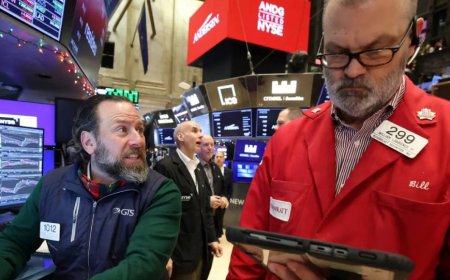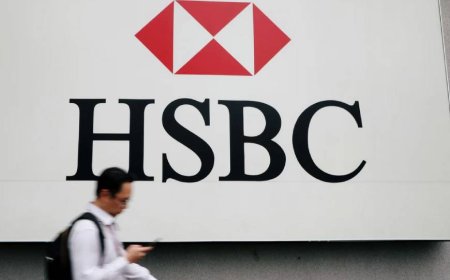Gold’s record run could usher in biggest change ever to market’s classic 60/40 stock bond investing portfolio
The traditional 60/40 portfolio has been under attack for years, and the recent hot trades in precious metals and cryptocurrencies are leading it to lose a little more of its prominence. Multiple strategists and investors are pivoting toward a 60/20/20 market portfolio: with the 60% in stocks unchanged, but fixed income losing half of its former hold over investor money, and 20% carved out for alternatives like gold and bitcoin.

Stocks and bonds are moving in the same direction too often, they say, while inflation, geopolitical risk, and government spending and high debt loads mean bonds no longer offer the protection they once did. “We are seeing greater adoption of non-equity, non fixed-income products,” Todd Rosenbluth, head of research at VettaFi, told CNBC.
In this new approach to structuring market exposure, gold is not a hedge on the margins of a portfolio, but one of its core holdings. Gold recently reached a record high above $4,300. Gold is up over 60% since the beginning of the year, which is backed by central bank demand, de-dollarization, and geopolitical tensions, and what has been called “the debasement trade.”
“What’s really happening now is a shift into the acceptance of gold,” Steve Schoffstall, director of ETF product management at precious metals and critical materials investing company Sprott, said on CNBC’s “ETF Edge” earlier this week. Typically, he said, it’s been viewed as a “fringe” allocation tool, “but what we’re really staring to see now is more prominent economists suggest shifting from 60-40 to something closer to 60-20-20,” he added.
But Schoffstall also said that for “most people, we feel they are probably well positioned if they have a 5%-15% allocation to physical gold.”
Gold ETFs have skyrocketed in performance and investor appeal, with the SPDR Gold Shares (GLD)
and iShares Gold Trust (IAU) up around 11% this month, but the flood of investor assets into gold funds extends back to earlier this year. Gold ETFs posted their largest monthly inflows ever in September, according to the World Gold Council, with close to $11 billion in the month. SPDR Gold Shares took in over $4 billion alone last month, and mid-October, has amassed another $1.3 billion from investors, according to ETFAction.com. Sprott says the total assets moved by investors into gold funds this year has surpassed $38 billion.






































































































































